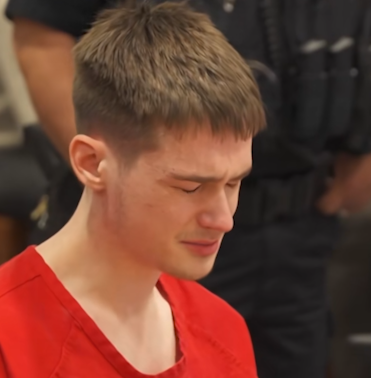Tears filled the courtroom as Judge Mark Larrañaga fought to keep his composure before sentencing 22-year-old Chase Jones for a high-speed crash that claimed the lives of Andrea Hudson and three young children.
“Sadly, the law falls short of that promise,” Judge Larrañaga said, referencing the justice system’s inability to fully address the depth of loss caused by reckless actions. His voice cracked as he acknowledged the devastation wrought by Jones’ behavior.
Jones, who had received the Audi A4 just one month before the fatal crash, had already totaled two previous vehicles in separate incidents, each involving allegations of speeding. Despite his dangerous driving history, he continued to operate vehicles with what prosecutors described as “utter disregard for human life.”
On the night of the crash, authorities say Jones was traveling at extreme speeds when he lost control, slamming into the victims’ vehicle and killing Andrea Hudson and the three children instantly. Investigators reported no attempt to brake and confirmed that Jones had a pattern of reckless driving.
The court sentenced him to 17.5 years in prison. While the sentence reflected the legal system’s maximum boundaries for vehicular homicide in this case, it fell short for many of the victims’ family members who had hoped for more.
Emotional statements were read aloud by surviving relatives, painting a portrait of a vibrant family whose lives were cut short by a senseless act.
“Seventeen years isn’t nearly enough for what he took from us,” one family member said through tears.
The tragedy has sparked calls for stricter penalties in fatal reckless driving cases and renewed public discourse over how justice is measured in the wake of irreplaceable loss.
Now, with hashtags like #ChaseJones, #AndreaHudson, and #FatalCrash trending, the nation continues to mourn — and question whether the justice system can truly keep up with the consequences of reckless behavior.
